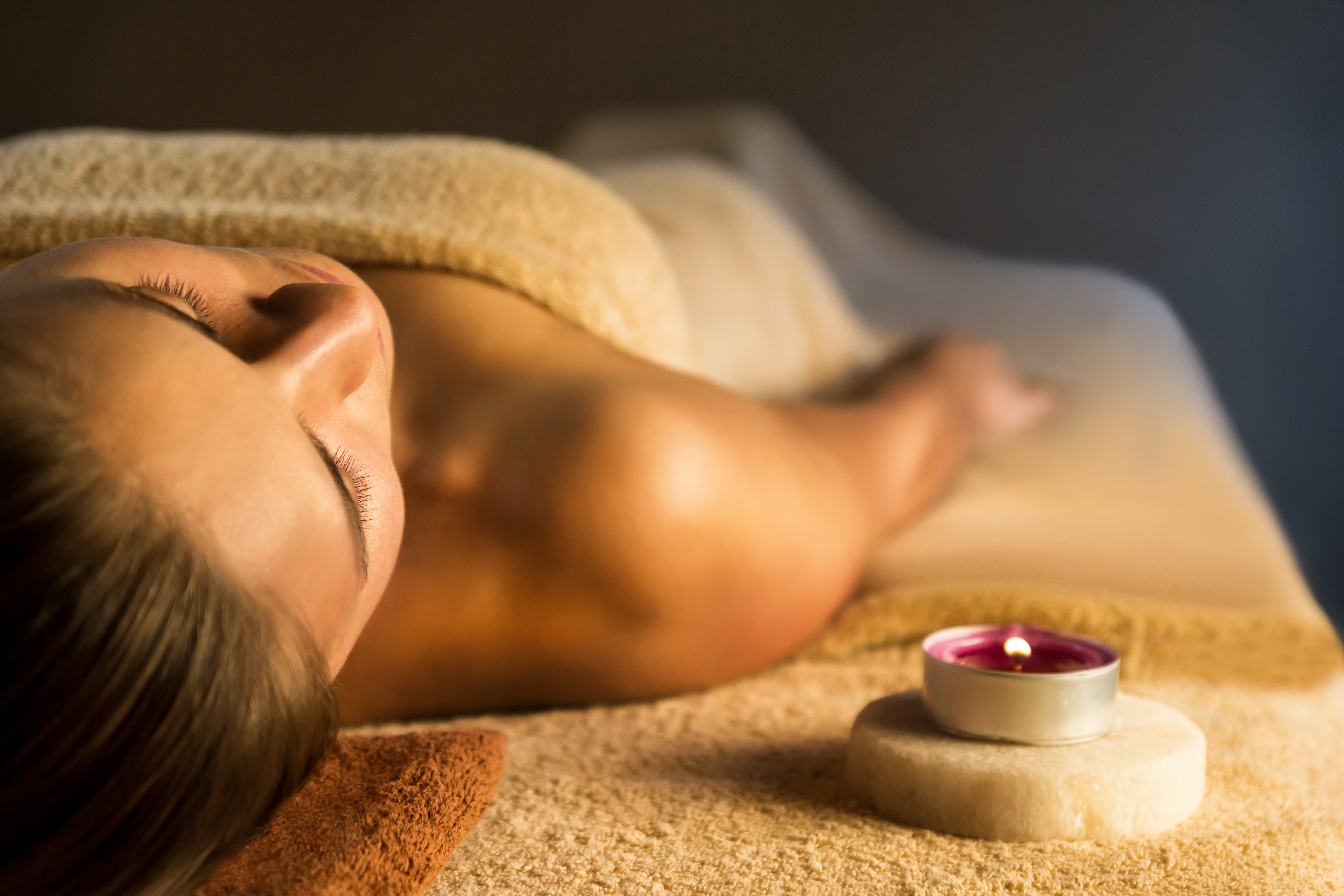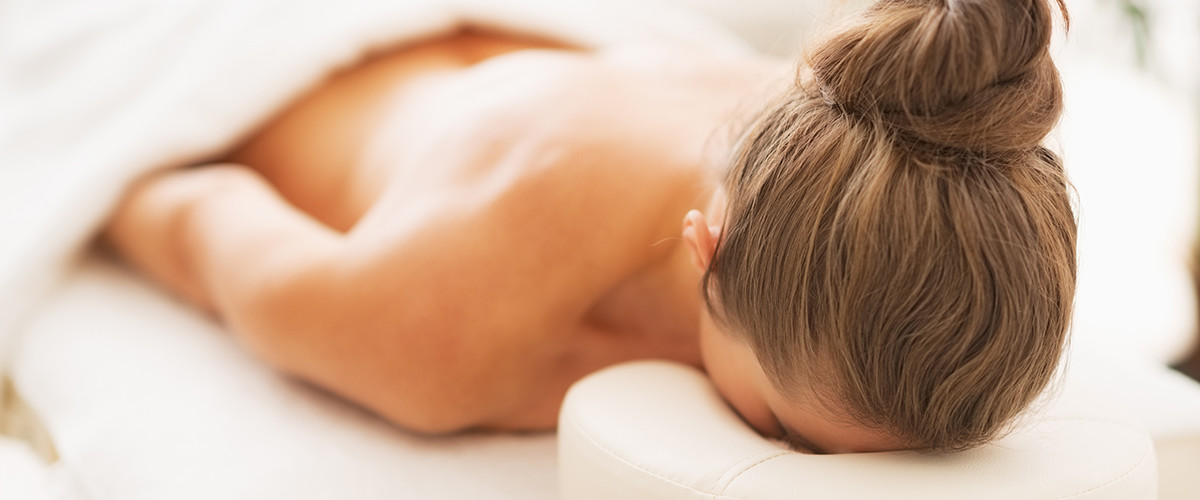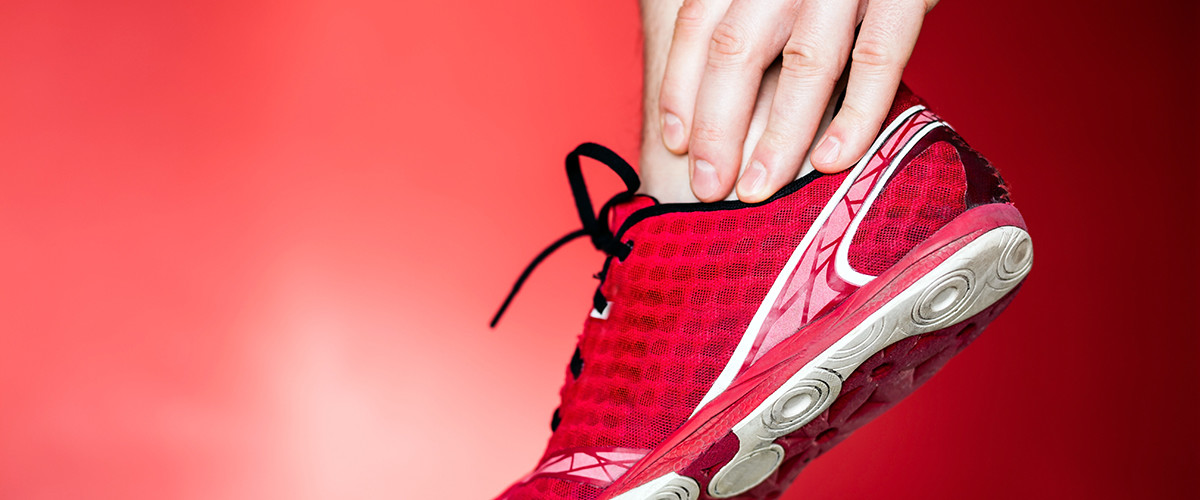CLICK HERE FOR MASSAGE SERVICES AVAILABLE
Source: Massage – Better Health Channel
Massage works by soothing soft tissue and encouraging relaxation. Modern studies show that massage can successfully treat a range of disorders, including back pain, anxiety and high blood pressure.
Massage is perhaps one of the oldest healing traditions. Many cultures – including the Ancient Greeks, Egyptians, Chinese and Indians – were convinced of the therapeutic properties of massage and used it to treat a variety of ailments.
Massage is the application of manual techniques to the soft tissue to mobilise them to maintain flexibility. Massage is especially effective in breaking compensatory pain postures and patterns. For example, a tension headache is often self-sustaining because the pain makes the person clench the affected muscles even harder, which, in turn, creates more pain. A thorough neck and shoulder massage can reduce muscle tension and break the pain cycle.
Massage for treatment of some disorders
Modern studies have shown that massage can be used to successfully treat a variety of disorders, including:
- anxiety
- arthritis
- back or neck pain
- soft tissue injuries
- chronic pain
- constipation
- depression
- headache
- high blood pressure
- insomnia.
Benefits of massage
One of the immediate benefits of massage is a feeling of deep relaxation and calm. This occurs because massage prompts the release of endorphins, the brain chemicals (neurotransmitters) that produce feelings of wellbeing. Levels of stress hormones, such as adrenalin, cortisol and norepinephrine, are also reduced. Studies indicate that high levels of stress hormones impair the immune system.
Some of the physical benefits of massage include:
- reduced muscle tension
- improved circulation
- stimulation of the lymphatic system
- reduction of stress hormones
- increased joint mobility and flexibility
- improved skin tone
- speedier healing of soft tissue injuries
- heightened mental alertness
- reduced anxiety and depression



